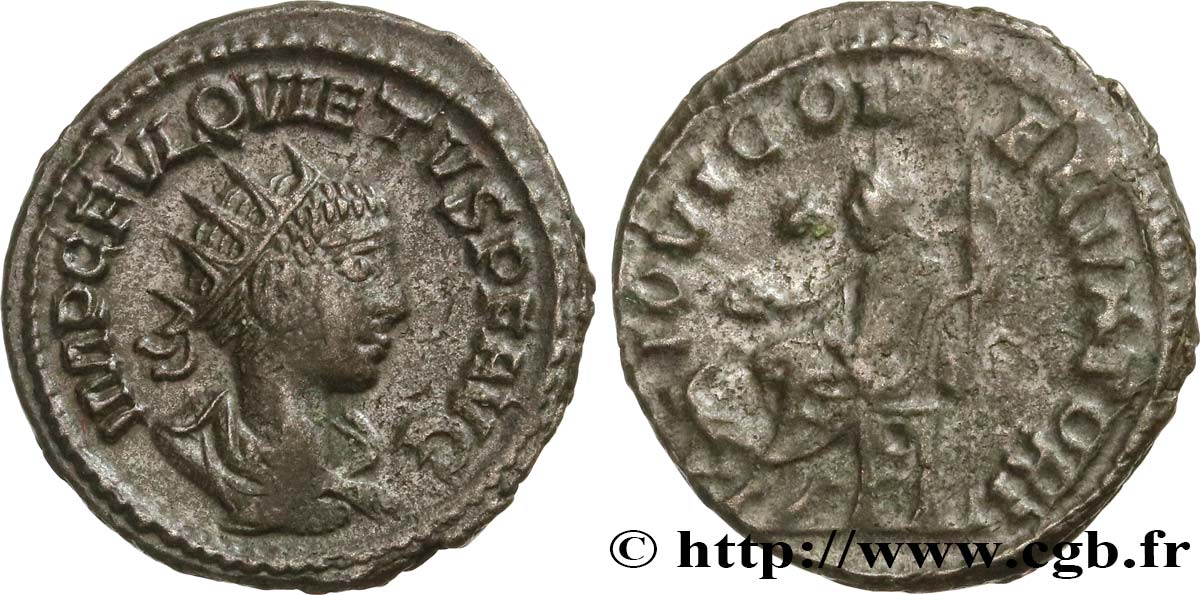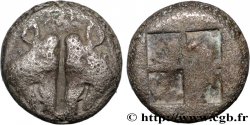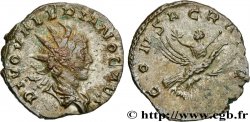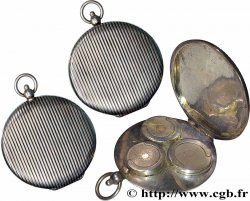Live auction - brm_565091 - QUIETUS Antoninien
You must signin and be an approved bidder to bid, LOGIN TO BID. Accounts are subject to approval and the approval process takes place within 48 hours. Do not wait until the day a sale closes to register. Clicking on "BID" constitutes acceptance of the terms of use of cgb.fr private live auctions.
Bids must be placed in whole Euro amounts only. The sale will start closing at the time stated on the item description; any bids received at the site after the closing time will not be executed. Transmission times may vary and bids could be rejected if you wait until the last second. For further information check the Live auction FAQ
All winning bids are subject to a 18% buyer’s fee.
All winning bids are subject to a 18% buyer’s fee.
| Estimate : | 250 € |
| Price : | 150 € |
| Maximum bid : | 180 € |
| End of the sale : | 28 January 2020 15:12:41 |
| bidders : | 1 bidder |
Type : Antoninien
Date: 260-261
Mint name / Town : Syrie, Antioche
Metal : billon
Millesimal fineness : 150 ‰
Diameter : 20,5 mm
Orientation dies : 6 h.
Weight : 3,58 g.
Rarity : R2
Coments on the condition:
Exemplaire idéalement centré des deux côtés. Petite faiblesse sur le buste. Traces de circulation plus importantes au revers. Patine gris foncé
Catalogue references :
Predigree :
Exemplaire provenant de la collection Jean-Christophe Payen
Obverse
Obverse legend : IMP C FVL QVIETVS P F AVG.
Obverse description : Buste radié, drapé et cuirassé de Quiétus à droite vu de trois quarts en arrière (A2).
Obverse translation : “Imperator Cæsar Fulvius Quietus Pius Felix Augustus”, (L’empereur césar Fulvius Quiétus pieux heureux auguste).
Reverse
Reverse legend : IOVI CONSERVATORI/ *|-// -.
Reverse description : Jupiter assis à gauche, nu jusqu’à la ceinture, tenant une patère de la main droite et un sceptre long de la main gauche ; à ses pieds, un aigle debout à gauche, tournant la tête à droite.
Reverse translation : “Iovi Conservatori”, (À Jupiter conservateur).
Commentary
Rubans de type 3 aux extrémités bouletées. Ptéryges invisibles sous le paludamentum. Ce type semble beaucoup plus rare que ne le laissent supposer les ouvrages généraux et sa rareté réelle correspond bien à l’évaluation de Cohen au XIXe siècle (30 francs or) soit le prix d’un solidus.








 Report a mistake
Report a mistake Print the page
Print the page Share my selection
Share my selection Ask a question
Ask a question Consign / sell
Consign / sell
 Full data
Full data











